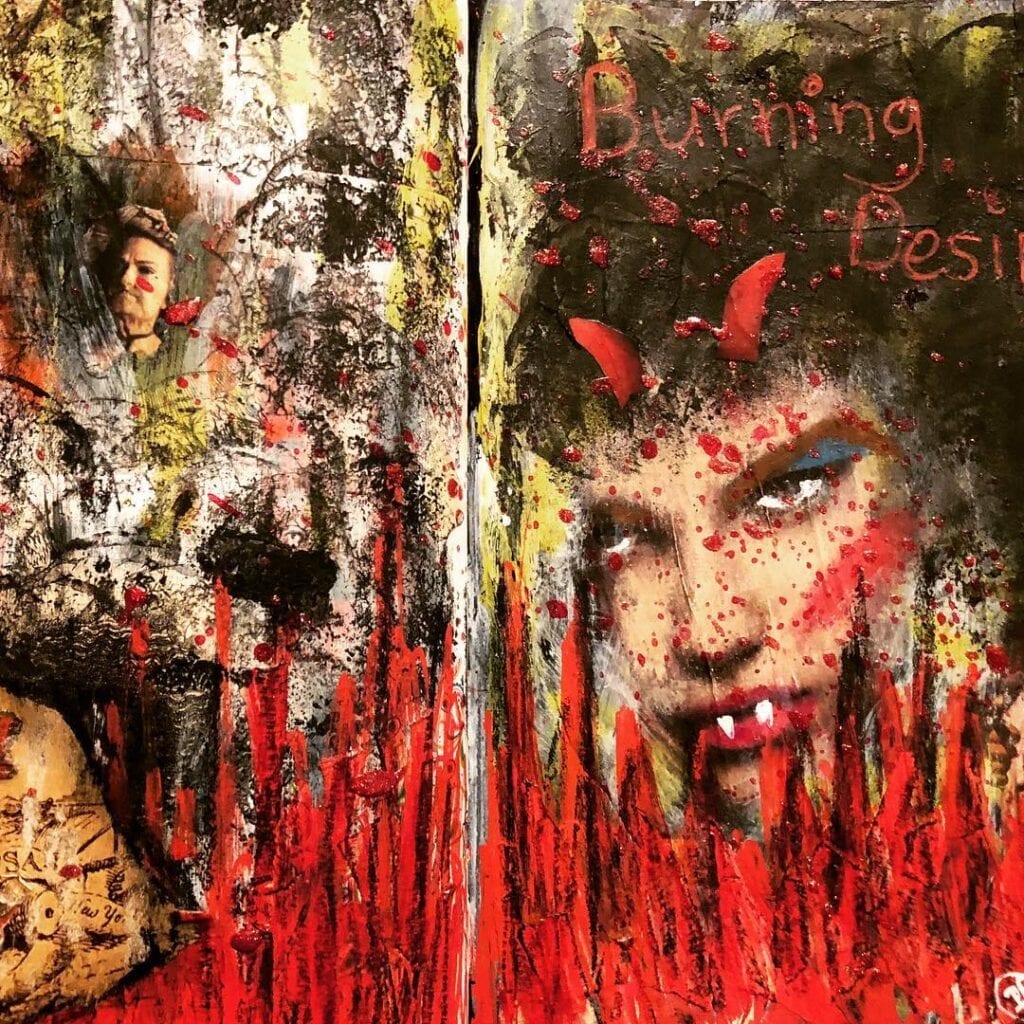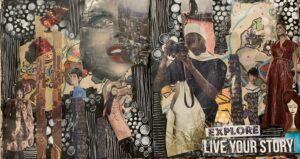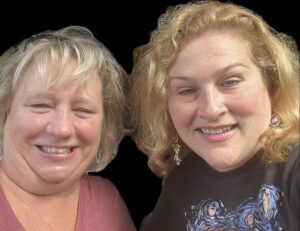Metaphors are conventionally regarded as literary devices: they are the weightier cousin to the simple analogy. Whereas the humble analogy claims, “Sally is like a brick wall in the face of adversity,” the metaphor boldly states, “Sally is a brick wall in the face of adversity.” Often the difference is described in terms of the literal veracity: the analogy is literally true, while the metaphor is not. It is not literally the case that “Sally” is made of brick and erected as a permanent barrier. But the omission of an explicit simile gives the metaphor more punch as it drives home its point.
Metaphors have gained popularity in some academic circles as we continue to rethink the function and constitution of cognition. Lakoff and Johnson first kicked off talk about conceptual metaphors only to have Slingerland, Wu and others join the bandwagon in the last 30 years. The basic premise of these discussions is that metaphors are not strictly literary devices, but in fact have their roots in sensory-motor experience: Sensory-motor “schemas” organize our concrete experiences. These are primary metaphors that can then be mapped onto hazier concepts, providing them with greater structure. For example, I understand the concept ‘life’ by mapping onto it structural elements of the concrete somatic experience I’ve had of ‘taking a journey.’ The source metaphor of ‘taking a journey’ helps me understand ‘life’ in terms of arriving at a destination, planning an itinerary, enjoying the ride, and so on. The somatic nature of metaphors means that conceptual knowledge is dependent upon physical experience.
So where literal language is descriptive and unambiguous, metaphoric language is much more open ended. It invites us to draw on our experiences to fill in the blanks and understand life as taking a journey in a way that is more personally meaningful. Moreover, it affords us the opportunity to reorganize a lived experience in new ways. My understanding of ‘journey’ is changing as I continue to encounter new ways of traveling through space and so too does my idea of ‘life’ as I continue to correlate it with the journey metaphor.
As an aspiring academic I found the power of metaphoric thinking to effect personal change and self-transformation utterly fascinating. I spent a lot of years trying to unravel implications of the idea that enlightenment of some sort required us to bypass or at least reduce the reliance on intellectual or literalist thinking, instead allowing the mind to wander through metaphoric correlations that help open us up in new ways. And yet, I’m not sure that I ever once allowed myself to reconstitute my own narrative in this way.
I have had many literal identities: academic, wife, employee. These literal identifiers organized my life in a way that allowed me to set and achieve goals making me master of my own destiny. Then, as so often is the case, things changed, and large swaths of my identity began to cleave. Frankly it wasn’t until I felt stripped of all those literal identifiers, and consequently stripped of my identity, that I began to approach and interpret my life in the metaphoric terms that had so deeply fascinated me for all those years.
The first metaphor for understanding myself happened quite by accident. I did not intentionally set out to change the narrative of my life based on the academic scholarship surrounding conceptual metaphors. I never sat down and asked myself, “in what ways are you an animal?” But I became an animal. Little by little I had been letting go of the old ideas about propriety and what constituted “good behavior”. I began to eat with soil from the garden and paint still on my hands. The sustenance was important as I pushed back into painting at break neck speed. The propriety of a knife and fork was not. I was voracious in the way I consumed different artistic mediums, crashing through my artwork. I began to identify with the creaturely existence described by John Dewey in Art as Experience, and when someone began waxing about their spirit animal I could not wrap my head around any animal that I resonated with. Instead I scrawled out, “I am my own goddam spirit animal.” For the first time in a long time, I felt alive and natural and connected without pretense to my environment.
As I mapped my life through an animalistic lens, I honed my ability to listen to my instincts. Animal reflexes are flexible and adaptable in response to the changing world around us. As animals, we aren’t tied to plans or strategies, but rather focus on following the instincts that make us aware of our needs in a particular moment or time. This kind of authenticity in reflexes led me to the another metaphor: the pirate.
Pirates, as a dear friend once told me, take what they want. They are not tied down or overly concerned with what others think of them. They roll with the tides striking out when the opportunity presents itself and scrappily surviving in times of scarcity. We pirates choose authenticity, survival, and camaraderie with our shipmates over civility any day.
The third metaphor came after sharing a photo of a batch of jam I had been making in my prized copper jam pot. A friend commented on it referring to my pot as a “cauldron.” Cauldrons, I realized, are vessels for alchemical transformations. What other way could one refer to the molecular reorganization of water, sugar, pectin, and acid that results in the magic of jam? As I carried on house hunting, without much thought I told my realtor, “I’d just like to live in a house where a witch might live.” Witches lives in crumbling homes, perhaps covered in creeping ivy – both decaying back into and rising up from the earth – at the edge of civilized society and in commune with nature. We witches witness passing seasons, the cycles of life and death, and transformation of all things. Living among the witchy merely means creating a space for both decay and growth, death and rebirth, and dancing with the transformations these cycles bring. It means we are live creatures, alchemically transforming past experiences into magical and at times unpredictable possibilities.
These metaphors began by resonating with something that was already occurring in my life. A voracious appetite for expressive arts, a swashbuckling attitude to follow my gut, and an instinct for the power of transformation in a cauldron. They were rooted in concrete lived experiences. But they also helped me to understand myself in new ways. These metaphors reorganized my narrative and facilitated greater change still by opening up new ways to understand what I had lived through and what I was moving towards. Allowing myself to conceptually play with metaphors has helped me to let go of old ideas that no longer work for me while remaining open ended in terms of where I am going and the person I am growing into. Replacement of one metaphor for another offers a fresh perspective in understanding my own identity rather than the catastrophic loss of who I am as held tight to literalist idea of who I was supposed to be. And so for now, I will carry on with a broom stick over my shoulder, rather than focusing on the letters at the end of my name. Because I have never heard of letters and titles giving anyone the power to fly.




